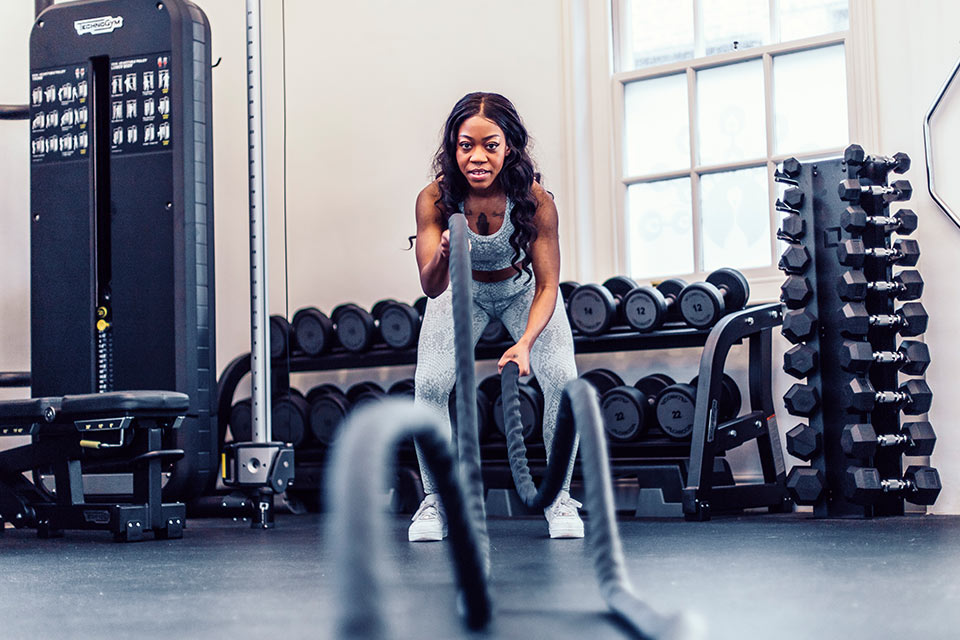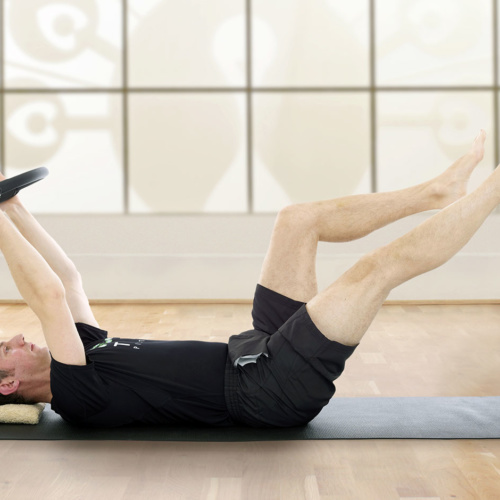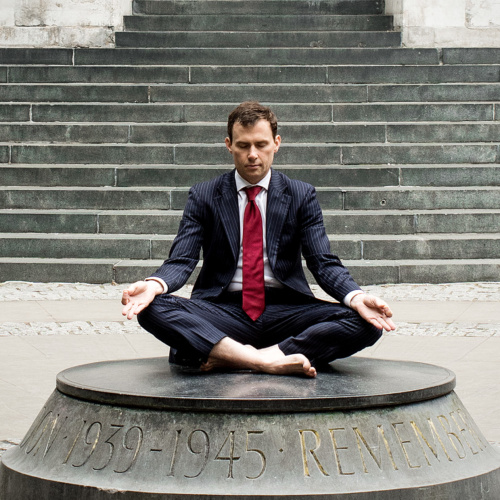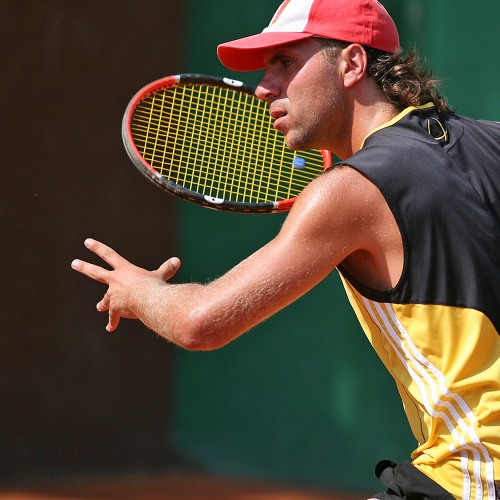With the Six Nations and Winter Olympics taking place this month, many of us will stare at our televisions in awe at what these athletes are able to achieve with their bodies.
Professional athletes spend years working towards a specific goal or event with a whole team around them for support. (It has been reported that LA Lakers superstar LeBron James spends upwards of $1.5 million dollars a year keeping his body fit. This investment in his recovery and training pays off season after season, as he is still able to compete at the highest level.)
As sporting events are returning to the calendar and life is ‘getting back to normal’ this year, it is the perfect time to start setting yourself new goals. Maybe this is the year you run a marathon, compete in a triathlon, hike the Santiago de Compostela trail or get back on the rugby pitch.
If so, irrespective of your sporting/fitness level, or your goal, it will pay to approach it in the same way an elite athlete would (though possibly without the same commitment in time and cost!)
One of the key elements of any training programme is to avoid or minimise injury risk (that may sound obvious to you and me, but you’d be surprised at how often something so fundamental to your ability to be ready – or even able to show up – on the day is overlooked).
Before embarking on your programme, I would always recommend seeing a Physiotherapist for a ‘Body MOT’. Most people would only consider seeing a Physio when they’re already injured or in pain. However, an MOT is a great way to identify any areas of weakness or dysfunction that could cause injury, and learn how to address them safely. Early assessment and intervention can increase your understanding and awareness of how efficiently your body moves. A detailed assessment of your joints’ range of motion, muscle strength, and control of functional movements will help a Physiotherapist to prioritise exercises to include in your training regime and ensure these are being performed with correct technique.
It also makes sense to check in with your Physio at intervals throughout the programme to check that you are addressing any ‘at risk’ areas, and that any little niggles aren’t anything more serious.
Next, by looking at the months leading up to the event as a whole and understanding training periodisation, you can be ready perform at your best at the right time.
Periodisation describes training that is structured around periods of progressively-loaded training stress followed by a recovery period.
A training plan can be organised into macro-, meso-, and micro- cycles. Sarah Kauffman, a professional cycling coach breaks down the cycles; “a macrocycle refers to an entire year or season of training and competition. It’s made up of eight to twelve mesocycles consisting of four- to six-week blocks. These usually include a three- to five-week period of progressive loading, followed by a week of lighter, active-recovery workouts. A ‘micro cycle’ represents a week of training and is usually made up three to five key workouts, a couple of lighter active-recovery style workouts, and a day off.”
Training in this way aims to limit ‘overload injuries’ which as Physiotherapists we see a lot of. This happens when an athlete neglects strength and/or cross training and favours their chosen activity/sport.

The benefits of strength and conditioning have been widely documented, yet in our time poor economy they are usually the first to go in a person’s training program. A strength programme doesn’t have to take up huge amounts of your time. Choose 5-6 exercises which focus on the muscles needed for your sport or goal (think glutes and hamstrings for runners, lats and deltoids for swimmers, calves and quads for cyclists).
Ditching strength training in favour of the athlete’s ‘comfort zone’ of their chosen activity is never a good idea. Especially as it increases the number and frequency of sessions that are made up of repetitive movements such as swimming, running or throwing. This can cause inflammation to the tendons which results in pain and can mean training needs to be tapered down or even involve increased periods of rest.
It’s also important not to skip the active recovery element in search of what seems like (but rarely equates to) faster gains. Pilates is the perfect ‘active-recovery workout’ as it’s a low-impact form of exercise that focuses on stability and flexibility and can be tailored to meet the needs of any sport. Another advantage of Pilates is that it happens indoors so you can continue to maintain your strength and mobility during the winter season. (And for those of us who like to be challenged physically during sessions, Pilates may be low impact, and emphasising stability and flexibility, but that doesn’t mean that sessions can’t be intense, or your muscles won’t burn.)
Last, but absolutely, definitely, not least: include soft tissue work (or Massage therapy, to the rest of us). Improving the body’s ability to recover between sessions and maintaining optimal range of motion of joints and muscles plays a huge role in keeping any athlete pain free. A therapist’s ability to pick up where your body is storing tension gives you good insight into how your body moves and what stretching or mobility work you should focus on.
At the end of the day, the main ingredient for increasing your sports performance is consistency. You don’t have to get to Lebron’s levels of investment to prepare for your first half marathon. But utilising the right experts at the right time during your programme is a highly effective (and cost effective) way to keep yourself motivated, stay on track with your programme, and maximise its benefits, so that whenever race day or the first match of the season comes round, you’re as well placed as possible to compete, enjoy and (over) achieve your goals.






